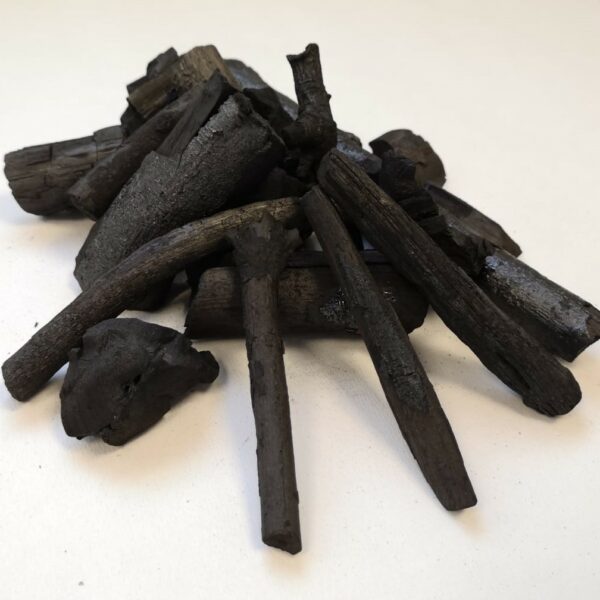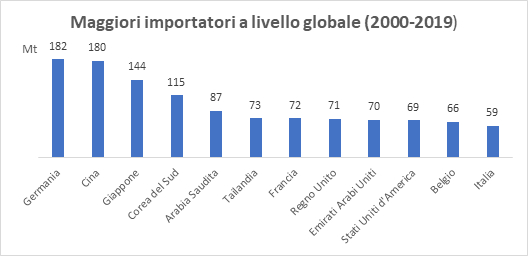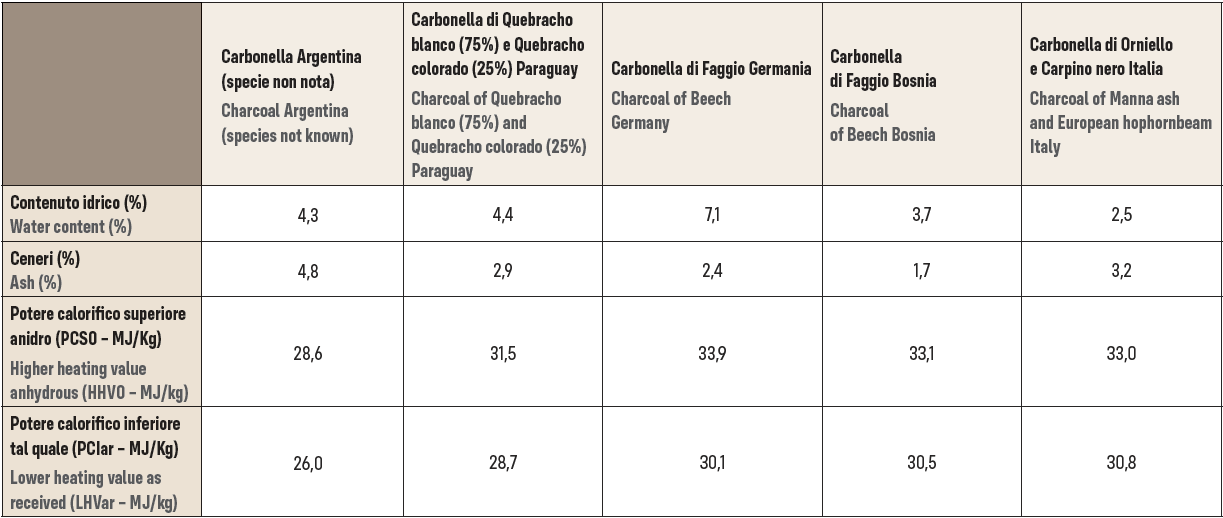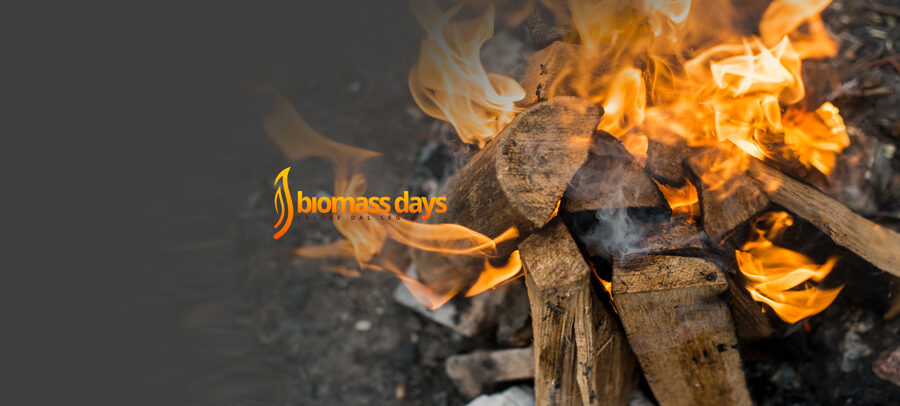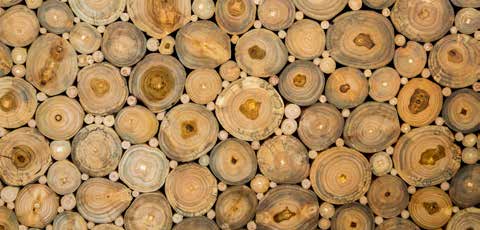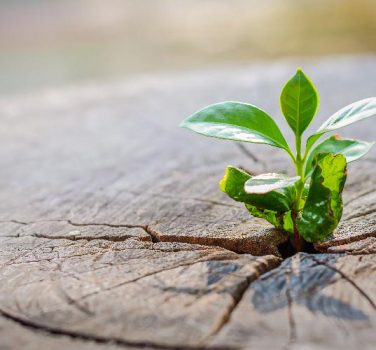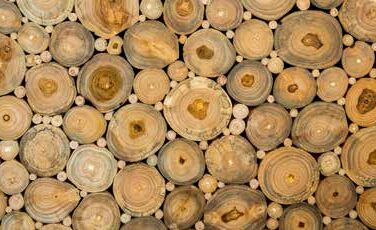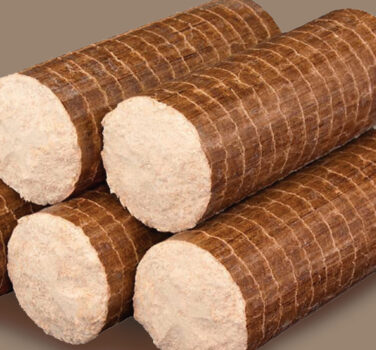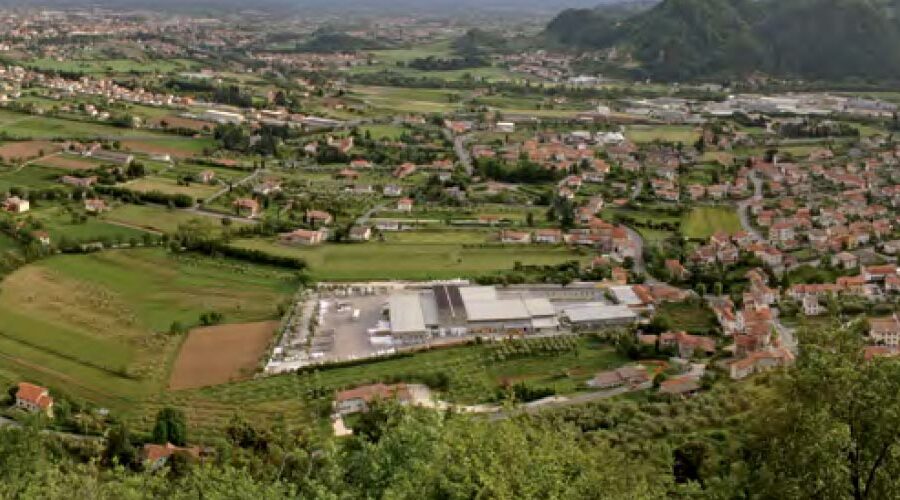Charcoal is a material highly used since ancient times and still widely utilized in many countries for domestic activities such as cooking food but also for industrial applications.
However, a lot of aspects related to this material, including production processes, procurement, international trade and its qualitative characteristics, are still not fully clear.
Charcoal production
Charcoal is obtained through a pyrolytic process, with the combustion of the wood in reduced presence of oxygen and providing energy from the outside, on a closed place such as an oven.
The little presence of oxidizing involves an incomplete combustion of biomass woody and its chemical breakdown. From this process is obtained a mixture of gases, liquids and charcoal. The yields vary from 10% to about 30%, depending on the production technique used. Indeed, despite the production principle is generally common among the various techniques, the methods that could be applied often differ on the basis of the socio-economic context where the production is carried out. For example, in the countries of Africa or America Latina, due to the large availability of cheap manpower, traditional production techniques are often used.
These are characterized by high simplicity from a technological point of view and low costs. The production, indeed, takes place inside rudimentary kilns made as mound kilns or brick kilns. The material that is obtained has poor quality due to the incomplete carbonization of the woody biomass, which is also combined with a reduced yield.
On the other hand, modern industrial processes use large steel kilns where internal processes can be regulated and controlled. These systems ensure high efficiency levels and the potential to obtain a higher quality product.
They are based on the use of more sophisticated equipment and mechanized processes; however they are also combined with an increase in costs and timing.
Availability
Most of the charcoal commonly available in Italy has an uncertain origin.
Almost all of the material marketed is produced outside the European Union. Indeed, a lot of this comes from the tropical forests of Africa, Latin America and the South-East Asia where production can involve strong repercussions on the fragile local ecosystems. Referring to the average annual data provided by FAO, in the period between 2000 and 2019, Italy is one of the 15 main global importers of charcoal, with an average of 59 Mt/year of imported material.





